TL;DR
Keep the joy, tune the intensity. In a Dr. Seuss–inspired nursery, the most loved choices are to keep the yellow, soften it to a buttery tone, or paint only the doors white while leaving yellow frames. Use ReimagineHome.ai to upload a photo and preview each option in seconds, so your room makeover feels confident—not experimental.
Why Maximalist Kids’ Rooms Matter Right Now

Soft butter yellow trim balances vibrant murals, adding warmth without overpowering the nursery’s charm.
Maximalist, color-forward nurseries are trending interior design styles for 2025 because they stimulate imagination while feeling deeply personal. In a Dr. Seuss room, trim color is the dial that sets energy—keep it sunny, soften it, or switch it—without losing the mural’s charm. At a glance - Keep the yellow: The most-loved option preserves the sunny Dr. Seuss vibe and balances the cool sky/grass tones. - Soften to butter yellow: A lower-saturation yellow keeps warmth but lets the mural lead. - Doors white, frames yellow: Reduces intensity while retaining the playful outline. - Match the clouds (white) or sky (dusty blue): Calms the palette; white reads crisp, blue keeps the theme. - Pull from the Truffula treetops (orange-red): Bold, high-energy, very Seuss. - Continue the mural across trim/doors: Treat frames like part of the artwork. - Add thin black cartoon outlines: Graphic, illustrated look without changing color blocks. Try it now: Upload a photo of your room and preview every option with ReimagineHome.ai. See it in your light, with your floors and nursery furniture. Start free at https://www.reimaginehome.ai/?utm_source=blog
60-30-10 still rules: Why trim color carries more weight than you think
Most designers use the 60-30-10 color rule: 60% dominant, 30% secondary, 10% accent. In a Seuss room, trim often falls into the 10%—but because it wraps the room, it can feel like more. That’s why the question “keep the yellow or tone it down?” matters. Here’s the design math. The mural’s sky and grass are cool hues that likely make up your 60 and 30. A warm trim (yellow) counters the cool temperature so the space doesn’t read chilly. If you switch to white or a cool blue, the room risks feeling colder unless you reintroduce warmth through textiles or lighting. What if you want less intensity? A butter yellow shifts from high-chroma to soft honey—still warm, but quieter. Painting only the doors white while keeping the frames yellow lightens the visual load but preserves the room’s sunny outline. Going bold with an orange-red nods to the Truffula tops and reads pure Seuss; it’s lively, so balance it with natural wood, woven textures, and a neutral rug. For anyone torn between options, AI interior design from photo makes the decision visible. A quick restyle shows how each trim choice changes temperature, contrast, and the vibe of modern decor without lifting a brush.
Anecdote
A couple kept the yellow but reduced saturation by 25% and added a linen roman shade; the room still felt like sunshine, just softer. Another family matched the clouds for trim and outlined the frames with a pencil-thin black line—suddenly it looked like a living page from a book. A third continued the mural over the door panels; when closed, the sky aligned and the room felt infinite.
Semigloss lasts 2–3x longer on trim: How Seuss-style color plays in real homes

Semigloss trim shows durable sheen, lasting longer and resisting scuffs in lively kids’ spaces.
Most pros specify semigloss for trim because it resists scuffs and wipes clean 2–3x better than matte or eggshell. In a kid’s room that sees tiny handprints, this spec matters. How it looks, feel-first: Yellow trim gives the room a sunbeam effect. You’ll see the mural pop, and the space feels warm even on gray mornings. Soften to a butter yellow, and the mural becomes the star while the trim plays rhythm section. White doors with yellow frames read playful but more restrained—like a cartoon outline around the scene. Matching the clouds (soft white) creates crisp contrast and a calmer, gallery-like frame for the art; matching the sky (dusty, slightly grayed blue) keeps the theme cohesive and cooler. Red or orange trim echoes book covers and Truffula crowns. It’s exuberant, best paired with white and light-wood nursery furniture to steady the palette. Another adored move: continue the mural across the frames and doors so the sky and grass wrap every edge. Add a pencil-thin black line along the outer edge of trim to amplify that illustrated Dr. Seuss look without changing your main color. Lighting note: Warm bulbs at 2700–3000K protect yellow from going sour and keep reds cozy. If you choose cool trim, 3000–3500K preserves clarity without glare. That’s an easy, measurable tweak that transforms the read of color.
AI layout tools can show 8–12 variations in under 10 seconds: Modern tools for exploring this style (and why ReimagineHome.ai wins)

AI tools generate multiple trim color ideas swiftly, making maximalist style easy to explore.
AI room planners can generate multiple style passes in under 10 seconds, but not all outputs feel real. The most accurate AI interior design apps show your furniture scale, lighting direction, and floor color correctly so you can trust the result. - Mood boards: Great for collecting inspiration, weak on showing how color wraps a specific room. - Floor plan and 3D walkthrough tools: Good for layout, slower for quick palette trials. - AI restyle from one photo: Fastest way to compare trim colors, sheens, and door/trim combos on your actual walls. Why ReimagineHome.ai stands out - Photo to home design: Upload one picture and generate side-by-side variations—buttery yellow vs. cloud white vs. red—instantly. - Realism: Lighting, shadows, and textures read true-to-life, which is essential for bold color decisions. - Catalog context: Test white and light-wood crib, rocker, and rug options so your palette and furnishings align in one pass. Explore more on the blog: - See our guide to trending interior design styles 2025: https://www.reimaginehome.ai/blogs/trending-interior-design-styles-2025 - How to visualize a room makeover from one photo: https://www.reimaginehome.ai/blogs/how-to-visualize-a-room-makeover-from-one-photo - Choosing the most accurate AI design tools: https://www.reimaginehome.ai/blogs/most-accurate-ai-interior-design-apps
One photo, five looks: Step-by-step to try this style using ReimagineHome.ai
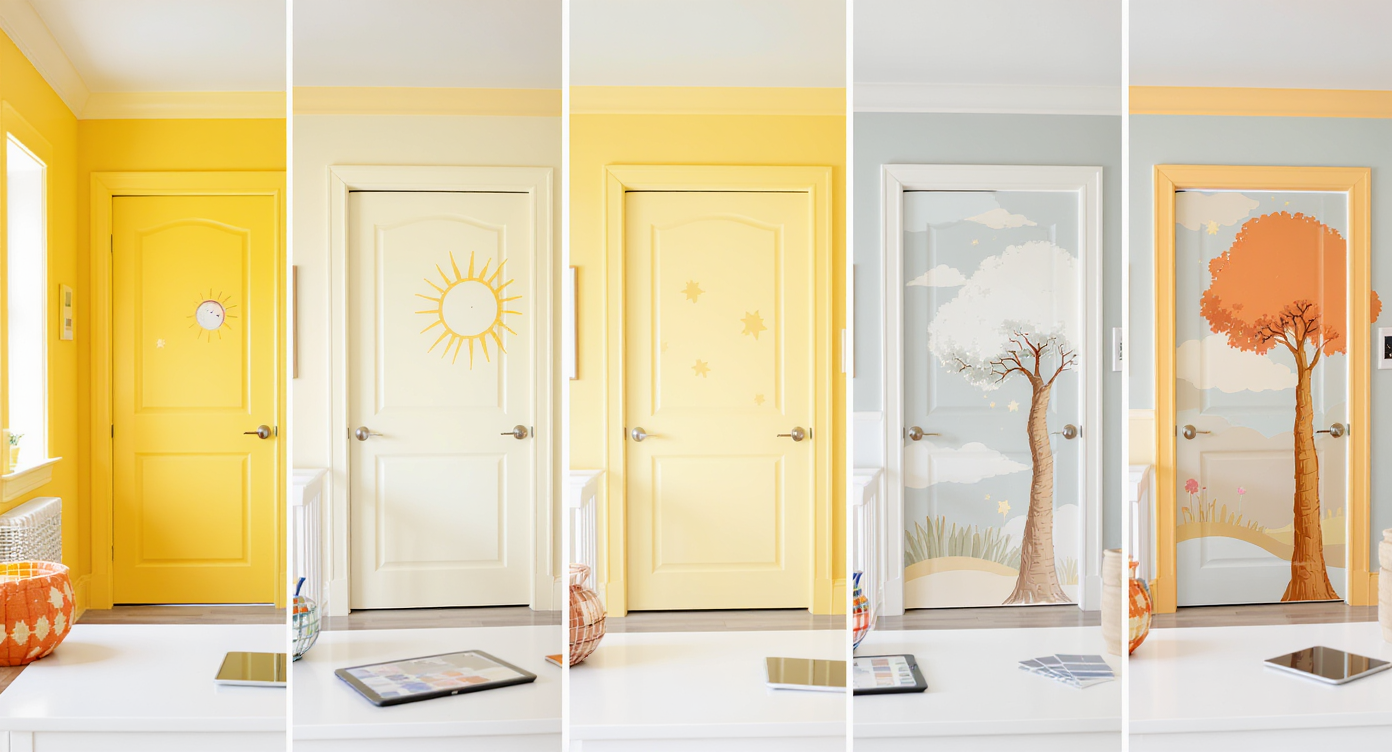
One room, five Seuss-inspired trim looks—AI reveals playful design possibilities step-by-step.
AI layout tools can turn a single image into multiple schemes; here’s a quick workflow. 1) Photograph your room in daylight - Stand back to capture doors, trim, floor, and a slice of mural. Turn on overheads to avoid shadows. 2) Upload to ReimagineHome.ai - Go to https://www.reimaginehome.ai/?utm_source=blog and choose AI room designer. Select “recolor trim/doors.” 3) Generate five variations - Butter yellow (lower saturation), cloud white, sky blue, Truffula orange-red, and white doors with yellow frames. 4) Compare realism details - Check where light hits the doors, the edge of semigloss sheen, and how the color plays against floors and planned white/light-wood nursery furniture. 5) Commit with confidence - Save the favorite, then use the palette picker to export exact paint matches and a shopping list. Your room makeover AI plan is ready by naptime.
Visualization Scenario
Upload a photo of your Lorax mural with the doors centered. Generate five trim options: butter yellow, white, sky blue, orange-red, and white doors/yellow frames. Place a white crib and light-wood rocker from the catalog into each variation to judge balance and brightness in your exact lighting.
FAQ
Q: Should I paint trim white in a mural room or keep the yellow? A: If the mural is mostly cool (sky/grass), yellow keeps warmth and balance. White calms the room but can feel colder—offset with warm bulbs and a natural-fiber rug. Q: How can I visualize a room makeover from one photo? A: Use AI interior design from photo. Upload to ReimagineHome.ai, choose trim/door recolor, and review side-by-side results before you ever open a can of paint. Q: Are red doors too stimulating for a nursery? A: Red reads energetic, so use it on smaller areas (doors or frames) and pair with white/light wood to ground the palette. Warm bulbs at 2700–3000K keep it cozy. Q: What sheen is best for kid-room trim? A: Semigloss or satin. They’re more scrubbable and show color cleanly. Prime first for accurate color and durability. Q: Can I mix white nursery furniture with yellow trim? A: Yes—white and light wood calm saturated trim and let the mural lead. Add a neutral rug to bridge walls and floors.
Visualize Your Style’s Next Chapter
Great rooms tell stories; great trims set the punctuation. Whether you keep the perfect Dr. Seuss yellow, soften to butter, outline in black, or echo the clouds, you’re curating energy as much as color. When you can see the options on your own walls with room design AI, choosing isn’t scary—it’s fun. Upload your photo to ReimagineHome.ai and watch your nursery’s next chapter appear in minutes.
.svg)

.svg)



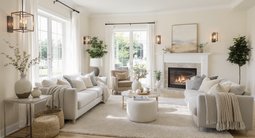
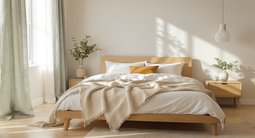


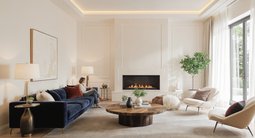



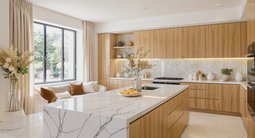


.png)